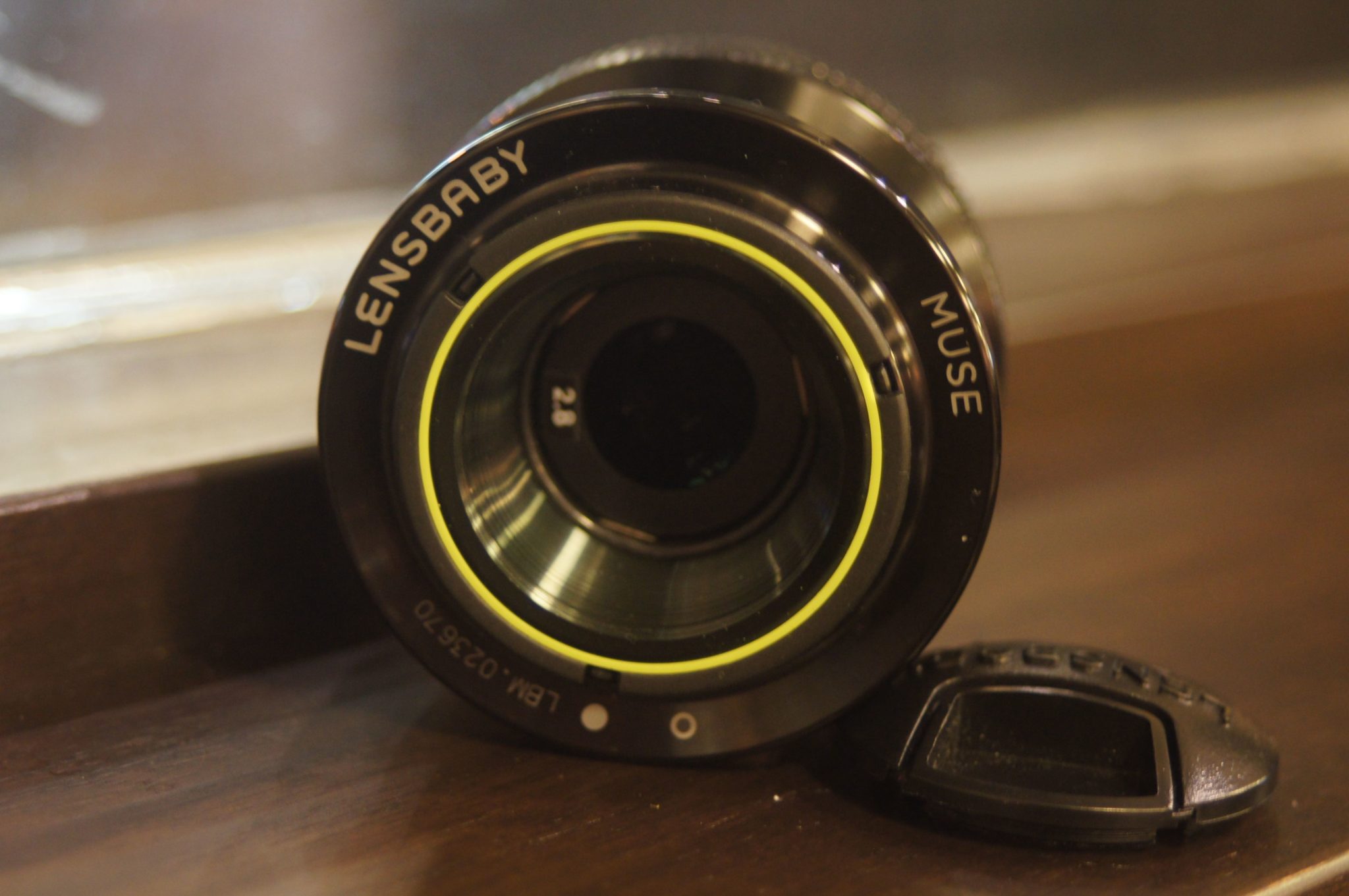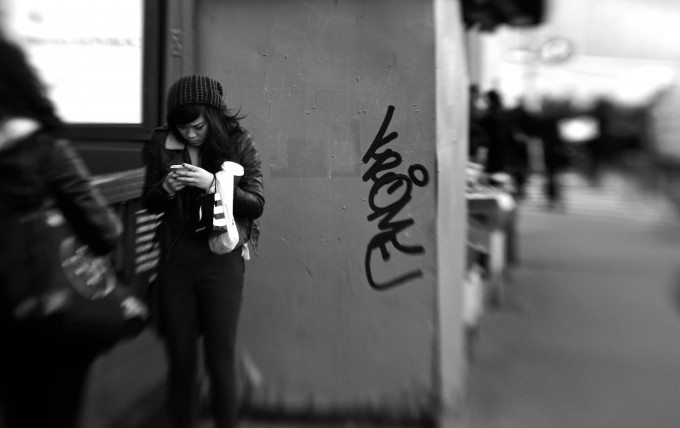Last Updated on 12/14/2012 by Julius Motal
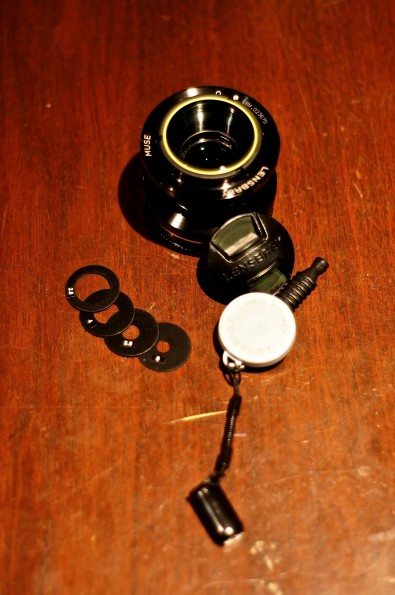
There are lenses and then there are lenses. The Lensbaby Muse sits happily in the lenses camp. The unit arrived a few weeks ago, and in that time, I’ve taken it with me to various places, all the while getting a feel for this wholly innovative approach to photography. It’s a wonder for portraits, more on that later. Upon unboxing it and taking several photos, I had the same reaction the aliens had to Buzz Lightyear in Toy Story. Just so we’re clear, I am a Sony digital shooter with Minolta AF glass. Just how did the Muse help advance my photography? Read on to find out.
Pros and Cons
Pros:
– wholly innovative approach to lens design
– beautiful blurring effect
– perfect for portraits.
Cons:
– if focusing point is lost, it can a bit of a hassle to refocus.
– hand cramps after prolonged use.
Gear Used
For this review, I used the Lensbaby Muse on my Sony a580, reviewed by yours truly.
//
<A HREF=”https://ws.amazon.com/widgets/q?rt=tf_mfw&ServiceVersion=20070822&MarketPlace=US&ID=V20070822%2FUS%2Fthephobl-20%2F8001%2F331a4be6-2689-4c90-8bbe-579dc260f3f0&Operation=NoScript”>Amazon.com Widgets</A>
Tech Specs
Specs taken from the B&H listing.
| f/Stop Range | 2, 2.8, 4, 5.6, & 8 |
| Focal Length | 50mm |
| Minimum Focus Distance | 12″ (30cm) |
| Filter Size | 37mm |
| Lens Elements/Groups | Double Glass Optic |
| Length | 2.5″ (6.3cm) [adjustable] |
| Width | 2.25″ (5.7cm) |
| Weight | 3.7 oz (105g) |
Before we move on, I must note that given the nature of the lens, there is no electronic communication between it and your camera. You can’t screw it on and start shooting right after unboxing. There is a small insert in the box that provides instructions on how to set your camera so that it recognizes the Muse. For Sony Alpha A cameras, it indicates that you have to get to the Shutter Lock option in the Custom Menu (denoted by what looks like a little gear), and press OK on “NO LENS – OFF”. After ten angry minutes, I found what I was looking for. I had to set “Release w/o lens” to “Enable”. If you’re using a Sony Alpha A camera with a Lensbaby lens, look for “Release w/o lens” if you’re hitting a dead end with the instructions provided.
Onward.
Ergonomics
It goes almost without saying that this is unlike any lens I’ve ever used. In my entire photographic career, I’ve always had one hand on the camera, and the other on the lens, adjusting the focusing ring as necessary. Now, I have both hands on both the camera and the lens. The conceit of the lens is that you compress to focus.
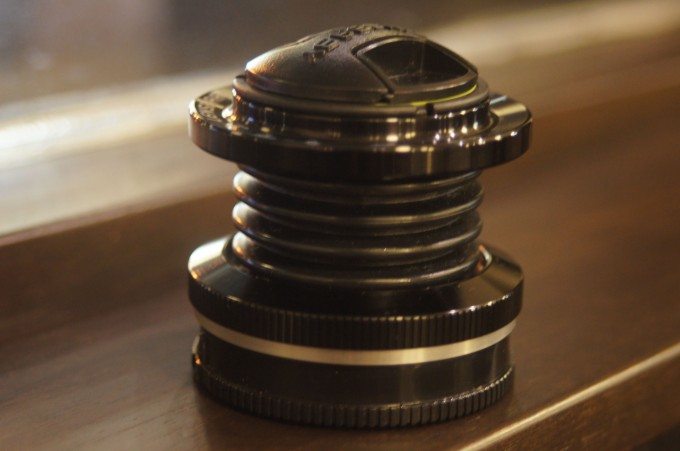
Take note of the accordion-style body, dubbed the “lens tubing”.
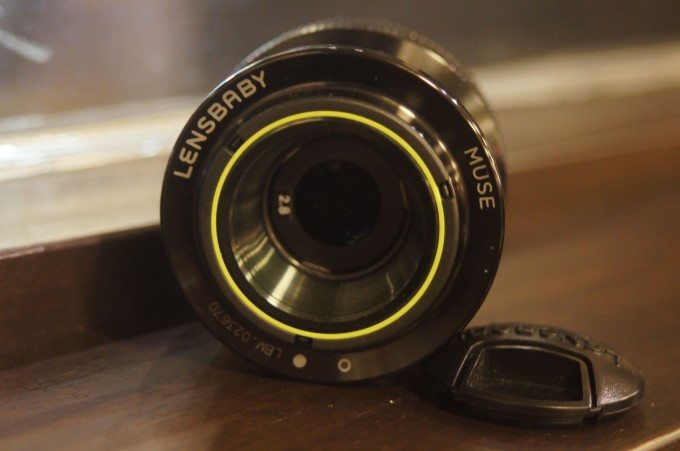
The fine folks at Lensbaby advise that you have the thumb of your left hand behind the camera, and your middle and ring finger on the lens’s focusing collar. All the while the middle finger of your right hand is on the opposite side of the focusing collar. You can compress straight down the middle to focus on the center of your frame, or, and this is the fun part, you can bend the lens anywhere in the frame to find that sweet spot.
It does take some time to get used to this newfangled way to focus, but it is a great deal of fun. I should note that it is comfortable, too, as the compress-to-focus mechanism is very smooth as you bend the lens anywhere in the frame.
Build Quality
This lens is a tiny thing. At 2.25″ wide and a default length of 2.5″, the Muse will disappear in your inside your camera bag. Light, yet durable, this Muse requires a careful touch given the bendable body. I imagine that extreme use could deal some damage to it. I am not willing to try that. It’s perfect, I think, for use in a controlled setting where you have the time and space to set up your shot. With a compress-to-focus method of operation, the Muse isn’t a lens for use in a situation where you need to quickly get a shot, on the street or elsewhere, where the environment is in a constant state of flux. Perhaps you could use it in quick-shot situation if you get good enough with the focusing mechanism that you can focus in a pinch. Suffice it to say, I am not quite there yet.
The Muse has a focal length of 50mm and a maximum aperture of f2, that is with no aperture discs applied. The lens comes with four aperture discs: f2.8, f4, f5.6, and f8. To insert you a disc, you gently drop into the lens, and it will attach to the three magnetized areas around the glass. To remove a disc from the lens, you use the magnetized tip attached to the lens case to lift it out. These discs require a great deal of care, too, as they are prone to bending if handled too roughly.
Focusing
I’ve touched a bit on focusing in the previous section, but I’ll break it down even further here. The Muse comes with what’s known as the Double Glass Optic, which is part of the Lensbaby Optic Swap System. According to the product description, the Double Glass Optic provides “a tack sharp Sweet Spot of focus with minimum diffusion at all aperture settings”. And it’s true.
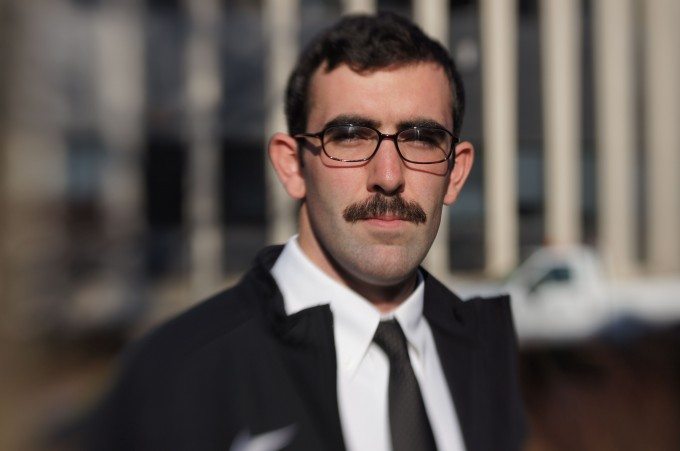
If left alone, the Muse is focused on objects 18 inches away from it. If you want to focus on something closer than that, you can push the focusing collar forward slightly to get something 9 inches away in focus. I noted in the brief cons list at the top of this post that it can be a bit of a hassle to get the focusing point back if I lose it. The slightest twitch of a finger will change the image. I find that it’s easier to let the focusing collar go, and then refocus. Some folks may have an easier time with it. It does produce beautiful images, though.
There’s also slight hand cramping that comes with prolonged use, but hopefully your hands will have a better time with it. A quick shaking out of the hands does the trick nicely.
Ease of Use
I noted at the top that this isn’t a lens that can be used immediately after unboxing. Consult the insert that comes with the lens if you’re not using Sony. If you are, keep what I said in mind. It may be applicable depending on which Sony camera you have.
There is, understandably, a learning curve. It’s a new way to focus! At least, it is for me. I find that it’s best to maintain even pressure on both sides of the focusing collar when searching for that sweet spot. Begin in the middle and move around to get a sense of how this lens works. Once you get a feel for things, start focusing at any angle if you know what it is you want to accentuate.
Focus hunting does take on a whole new meaning if you lose the sweet spot. The slightest twitch or slip of the finger will bring you out of focus or possibly into focus in another area of the frame. Be patient. You’ll find it. Whether you decide to hunt from where you are or release and refocus, you will find it.
Image Quality
Sharpness
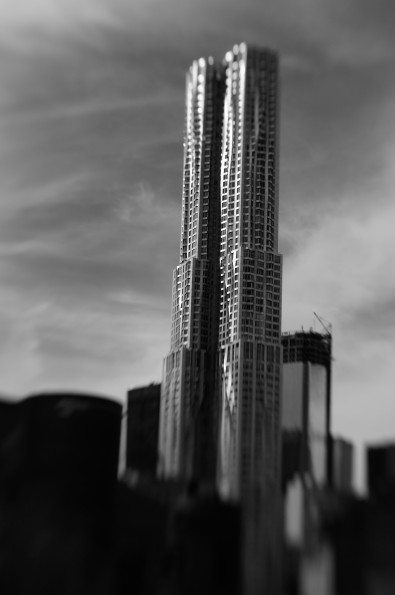
With great lighting, a clear subject, and careful attention to the mechanics of the Muse, you’ll get a great shot. Be mindful, though. An image that may look sharp in the viewfinder or the LCD screen may look sharp will not necessarily be sharp once you load into your computer. Take several shots with some slight adjustments to the pressure on the focus collar to make sure you’re covering all of your bases. Muscle memory is key with the muse.
Color Fringing
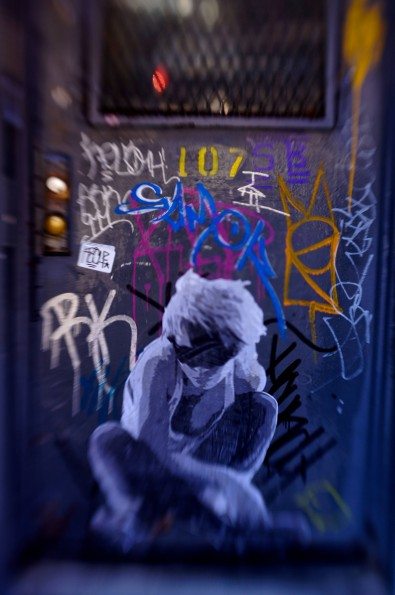
I did not notice any fringing in my time with the lens. The image above was edited slightly for contrast and saturation.
Distortion
I didn’t have any issues with distortion. The Muse has a focal length of 50mm, 75mm on my APS-C sensor. Everything is rendered realistically, providing, of course, that that is your intention with the Muse. I haven’t tried it yet from high up as I wonder if there’s the potential for a tilt-shift effect. Time will tell.
Conclusions
The Muse is positively delightful. The cons list is small collection of minor grievances that are wholly negligible when presented with the results, and what beautiful results they can be. It adds some spice to your photography as it can achieve effects that your standard slate of lenses can’t necessarily produce. The Muse is a cool lens to have. Anyone rash enough to write it off as kitschy cannot fully appreciate how this lens can help when inspiration runs dry.
As stated previously, it is a delicate thing, as are the aperture discs. I am sad to say that I lost one. I spent a day with Chris Gampat, Gevon Servo, and Peter Walkowiak, and the winds were fairly intense winds on the Northside Piers in Williamsburg. It was immensely cold, so handling small items was understandably difficult. Take that as a warning. Do not use the Muse in unfavorable with conditions. You risk damaging or losing the aperture discs. I also managed to separate the cover, attached by a cord, from the magnetized tip. I yanked too hard, and it came apart. Woe is me, but that’s alright.
I enjoy the Muse, and I think you will, too. Just remember to use it in more controlled situations.
Please Support The Phoblographer
We love to bring you guys the latest and greatest news and gear related stuff. However, we can’t keep doing that unless we have your continued support. If you would like to purchase any of the items mentioned, please do so by clicking our links first and then purchasing the items as we then get a small portion of the sale to help run the website.


